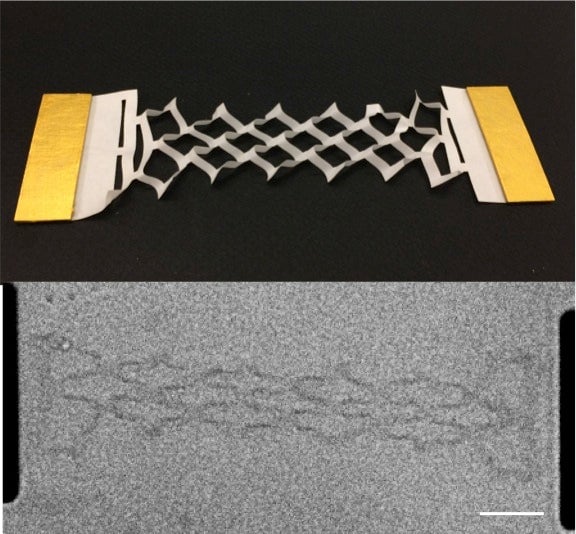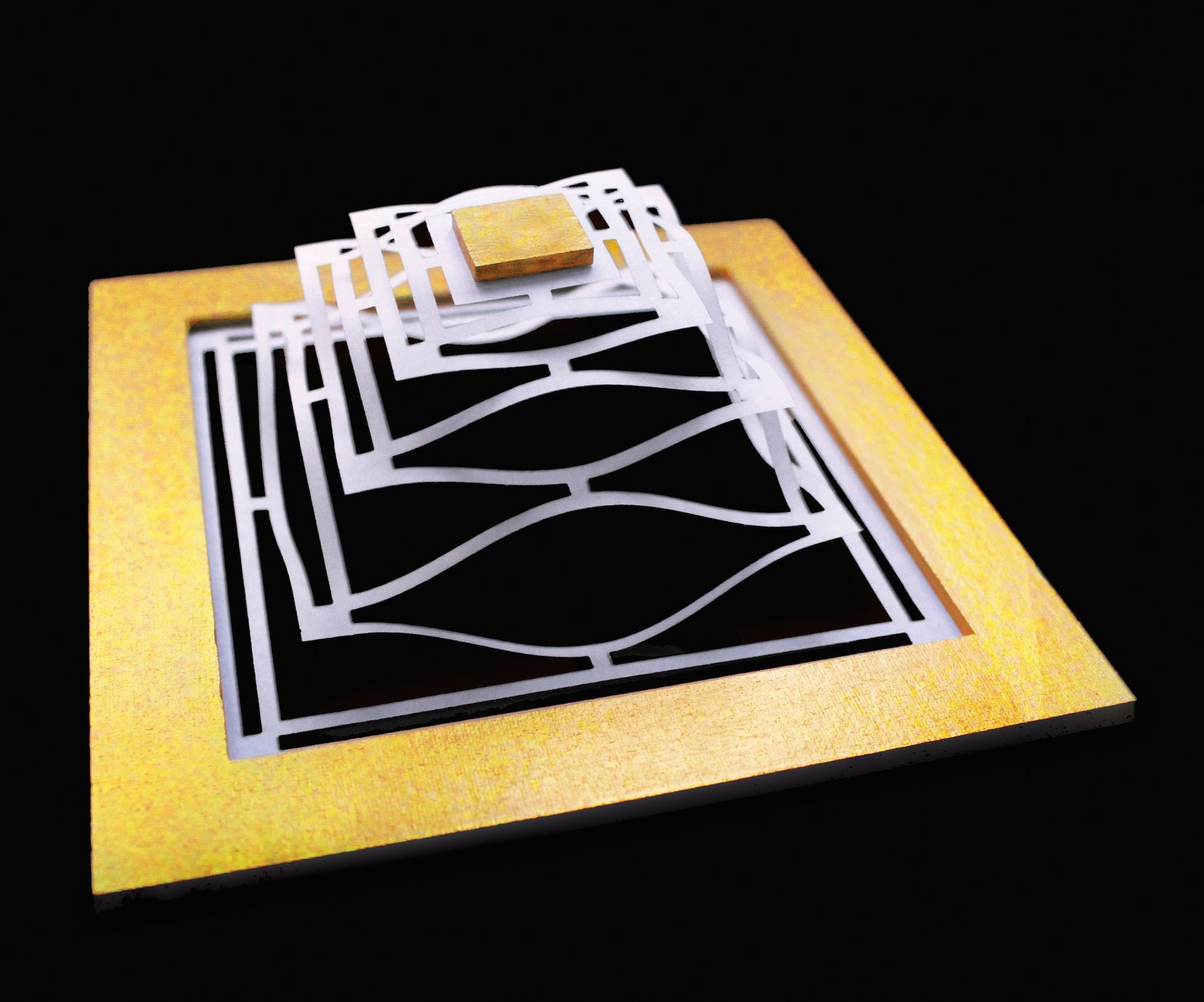Scientists are using origami to build nanobots
One of the world’s oldest art forms could inspire some particularly futuristic technology. In a paper published in Nature today, a team of scientists from Cornell University showed how origami influenced designs for atom-thick graphene objects that could one day be used in nanotechnology.


One of the world’s oldest art forms could inspire some particularly futuristic technology. In a paper published in Nature today, a team of scientists from Cornell University showed how origami influenced designs for atom-thick graphene objects that could one day be used in nanotechnology.
The Cornell team experimented with kirigami, a version of origami where paper is cut—as well as folded—to make new, more complicated shapes. The study’s lead researcher, Paul McEuen, told Quartz about his background is working with materials like graphene, which is an atom-thick layer of carbon not unlike ”the smallest sheet of paper possible.” Once, when he had a conversation with one of his graduate students, Melina Blees (who had a background in the arts), about what could be done with such tiny sheets of paper, origami and kirigami seemed like fun ideas to play around with.
“It was kind of a lark,” McEuen said, “but as we got into it we discovered it was both doable and also potentially useful down the road.”
Blees created 3D models of kirigami structures on the computer, took them to the art department, and laser-cut them onto paper. Then she brought them back to McEuen’s lab, where his team played with them. After they found the ones they liked, they made them out of graphene and manipulated them under the microscope. They created microscopic hinges and springs that could be activated remotely, using magnets.

They also discovered that sheets of graphene could be crumpled like paper and flattened out to regain their original shapes. McEuen’s team showed in their research—which was as much an arts-and-crafts session as a scientific experiment—that graphene basically behaves the same as a sheet of paper. ”If you scale everything down, it works the same way,” McEuen said.
In the near future, McEuen envisions technology based on his kirigami techniques to make its way into flexible electronics. Graphene can conduct electricity, and the structures that his team came up with could theoretically be implanted in someone’s skin or body, as they could bend and move with the tissue. They could be implanted on your brain to detect neural signals, McEuen suggested, and they would be really small: “With these kinds of materials, we envision making flexible electronics that could go in a cell, or a neuron.”

In the future, this sort of technology could also lead the way for nano-robots, McEuen suggested. He wants to take the research that’s being done now in small robots, such as the researchers creating robots that mimic animals and insects, and shrink them down by “a couple of orders of magnitude to the cellular scale.” But McEuen acknowledges that complex nanobots of that size are still at least 50 years away.
Origami is finding its way a growing number of scientific disciplines, McEuen pointed out. NASA is experimenting with solar panels that fold out in space; there are fingernail-sized robots that are folded like origami; and Google cites the concept of “quantum paper” in describing its new web design standards.
“Our contribution was just pushing it to the smallest possible piece of paper,” McEuen said.